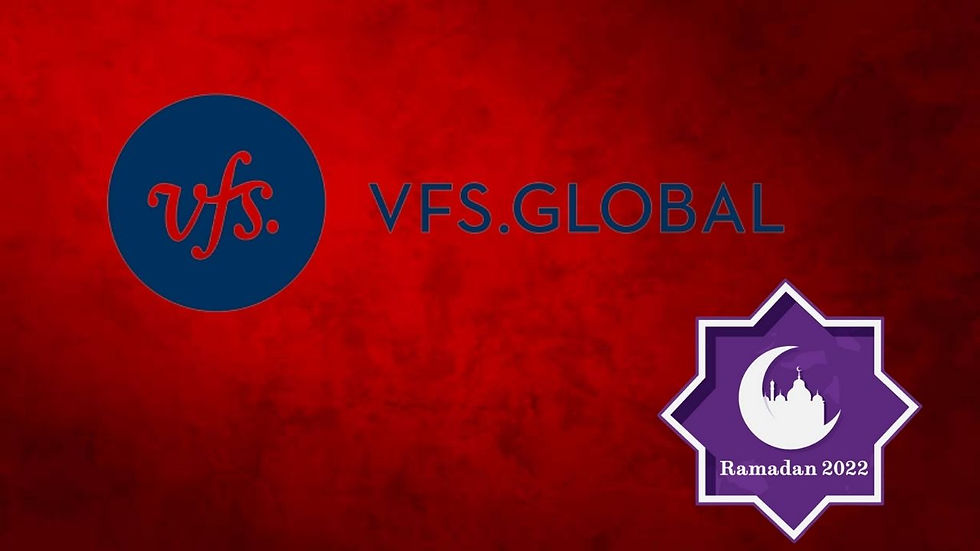Djémila in Algeria: An Exceptional Universal Value
- Oryx Voyages

- Aug 11
- 3 min read

The Site of Djémila is located 50 km northeast of the city of Sétif. Known by its ancient name Cuicul, the site of Djémila is the remains of a former Roman colony founded under the reign of Nerva (96–98 AD). The Roman city occupied a remarkable defensive location. Cuicul is one of the jewels of Roman architecture in North Africa. It adapted remarkably well to the constraints of the mountainous site— a rocky spur stretching at 900 m altitude between the Guergour and Betame rivers, two mountain torrents. The city had its own senate and forum.
At the beginning of the 3rd century, it expanded beyond its walls with the creation of the Temple of Septimius Severus, the Arch of Caracalla, the market, and the civil basilica. The site also bears Christian imprints, represented by several places of worship: a cathedral, a church, and its baptistery, considered among the largest of the early Christian period. Djémila holds a remarkable collection of mosaic pavements depicting mythological stories and scenes of daily life.
Criterion (iii): Djémila provides an exceptional testimony to a vanished civilization. It is one of the finest ensembles of Roman ruins in the world. The archaeological remains, the well-integrated Roman urban layout, and the environmental setting constitute the resources representing the values attributed to the site.
Criterion (iv): Djémila offers an outstanding example of a type of architectural ensemble illustrating a significant period in the Roman history of North Africa, from the 2nd to the 6th century. In this case, the classical Roman urban layout adapted to the geomorphological constraints of the site. The site comprises a highly diverse typological and architectural repertoire, including defensive systems and a triumphal arch, public and entertainment buildings, and facilities for crafts and trade—such as the Market of the Cosinius Brothers, which is a remarkable example of the city’s economic prosperity.
Integrity
The site, enclosed according to the boundaries presented at the time of its inscription on the World Heritage List, contains all the necessary elements to express its Outstanding Universal Value. These attributes include the classical Roman urban layout with two gates at the ends of the Cardo Maximus; at its center, the Forum surrounded by essential public buildings: the Capitol, the Curia, a civil basilica, and the Basilica Julia. Also present are the remains of the Temple of Venus Genetrix and aristocratic residences decorated with rich mosaics. The remains of the monuments marking the city’s expansion to the south are also included. These comprise private houses and public buildings such as the Arch of Caracalla (216 AD), the Temple of the Gens Septimia (229 AD), a 3,000-seat theater, baths, basilicas, and other religious buildings.
The archaeological remains have remained remarkably intact over the centuries. Tourism does not pose a risk to their preservation. However, the site is threatened by earthquakes, drought, fires, vandalism, theft and looting, illegal grazing, unlawful construction, and poorly integrated infrastructure.
Authenticity
The archaeological remains uncovered since 1909 faithfully and credibly reflect Roman urban planning elements—such as the classical plan of the Roman city and its urban fabric—and architectural elements—such as construction systems (roads, gates, aqueduct, colonnaded temple, theater, etc.), decoration (bas-reliefs, friezes and pediments, column capitals, mosaics, etc.), and construction materials (stone, mosaic, ceramics, etc.)—all of which express the site’s Outstanding Universal Value. Some restoration work has been carried out in recent years on mosaics housed in the on-site museum.
Protection and Management Requirements
The protection of the site falls under National Laws No. 90-30 (1990) and No. 98-04 (1998) concerning the protection of Algerian cultural heritage. The site is managed by the Office for the Management and Exploitation of Cultural Properties (OGEBC), whose day-to-day management is entrusted to the site manager. The OGEBC is responsible, in addition to its public service missions of protection, maintenance, and enhancement, for implementing the Protection and Enhancement Plan for the site (PPMVSA) in coordination with the Directorate of Culture of the Wilaya of Sétif, which has a department in charge of the conservation and enhancement of cultural heritage.
The planned protection measures to preserve the site’s values mainly include building a peripheral fence, restoring damaged mosaics, and renovating the on-site museum (completed). Enforcement of existing regulations and regular site monitoring are also relied upon.
Although aging is causing increasing damage to fragile archaeological structures (low walls), the site’s values are generally well preserved. Financial and international assistance needs remain significant for the implementation of the management and enhancement plan, which is revised annually. Each year, the site receives about 30,000 visitors and some 15,000 students..











Comments